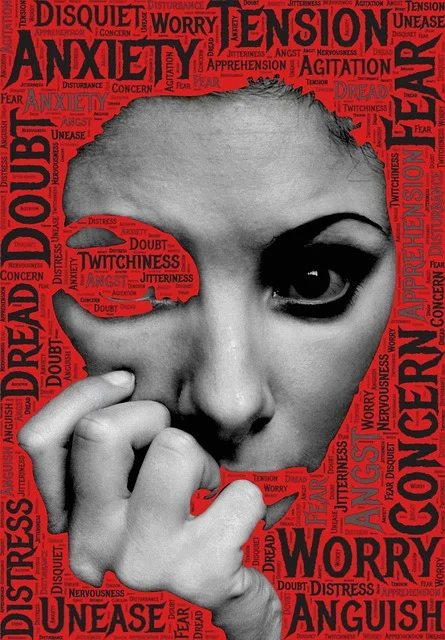A behavioral illness known as disinhibited social engagement disorder (DSED) affects young children. Children with this attachment problem find it difficult to connect emotionally with others. However, you could find that kids with DSED are able to interact and converse with strangers with ease.
Everything regarding DSED, including causes, treatments, and more, is covered here.
What is disinhibited social engagement disorder?
An attachment disease known as disinhibited social engagement disorder (DSED) is typified by a lack of inhibition toward strangers and trouble developing emotional relationships with others. The disorder usually affects young children who have been abused, abandoned, traumatized, or neglected.
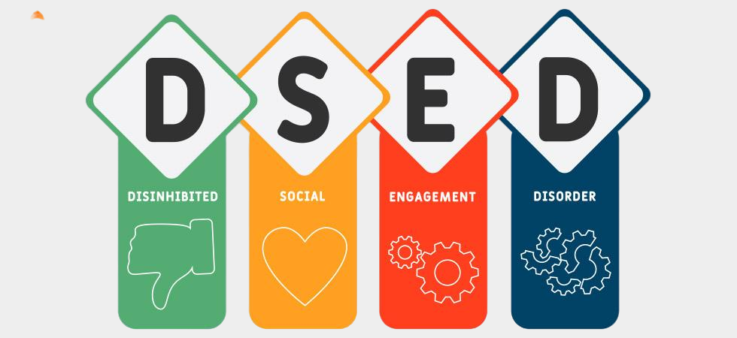
Youngsters are generally inherently wary of strangers. The majority of the time, having a fear of strangers is beneficial and healthy. Children who suffer from disinhibited social interaction disorder, however, do not experience this anxiety.
Children with DSED don’t shy away from new people. They would even be so at ease in the company of strangers that they would accept an invitation to a stranger’s house or get into their car without hesitation. If the illness is left untreated, this unbridled friendliness could become a major safety concern.
Examples of (DSED)
Some or all of these symptoms may be present at any given time in a child with DSED. On the other hand, the child’s symptoms could develop over time to include additional indications of the illness.
Three possible manifestations of DSED examples are as follows:
- While strolling through a park, a youngster with DSED might mention that they enjoy the shoes of a stranger. This comment is insignificant on its own, but without any encouragement or urging, the youngster might attempt to start a lengthy conversation with the adult and ask them a long number of inappropriate or intimate questions.
- At a party or school event, a youngster with DSED can run into a new adult and immediately invade their personal space. The youngster may ask for hugs, kisses, or to sit on the adult’s lap once they had gotten to know one another. In an effort to get the comfort they haven’t been able to have, they can even begin cuddling with the adult.
- A third type of DSED child is one that spends time with anyone, regardless of age, safety, or danger, and may swiftly abandon the protection of their guardian to be with strangers or who finds it difficult to form positive peer relationships.
Signs and symptoms
Signs of Down syndrome in infants can appear as early as nine months of age. A child may have DSED if they exhibit even two of the following symptoms:
When they encounter new individuals or strangers, they are thrilled rather than frightened or afraid.
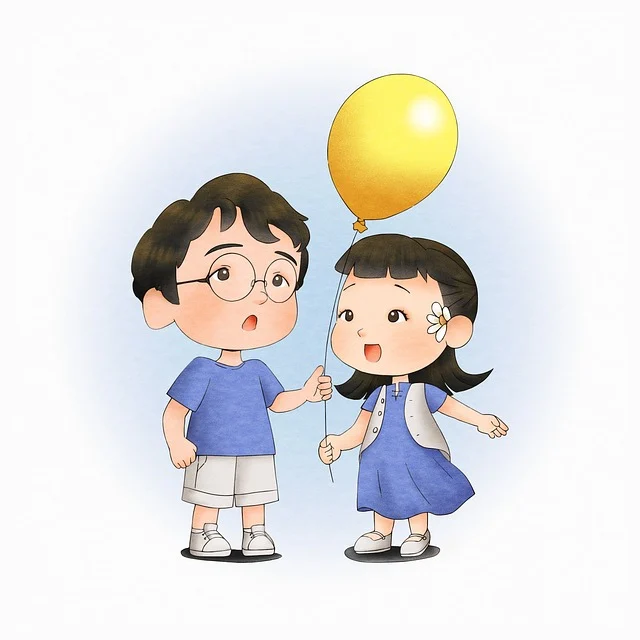
- They are very talkative, gregarious, or intimate with strangers.
- Also they act in a way that defies social norms and is therefore considered inappropriate.
- They depart from a secure area and go with an unknown person.
- They don’t think twice about leaving with a stranger or consult their caretaker.
- Also they lack social inhibition and act impulsively.
- They have experienced trauma or abuse in the past, or they have not received proper care.
It is extremely difficult for kids with DSED to develop strong, loving relationships with other kids or adults. Undiagnosed DSED is linked to the following problems in later life:
- new personality disorders, such as those associated with borderline personality
- Behavioral conditions such as ADHD, or attention deficit hyperactivity disorder
- Substance misuse and addiction to drugs
Disinhibited social engagement disorder (DSM-5):
For a child to be diagnosed with DSED, they must exhibit at least two of the following symptoms, per the Diagnostic and Statistical Manual of Mental Disorders (DSM-5):
- high levels of excitement or a lack of restraint when meeting or dealing with strangers or unknown adults;
- excessively talkative, pleasant, or physical interactions with strangers that are not age-related acceptable or compatible with one’s culture
- willingness or desire to leave a circumstance or safe location with a stranger
- lack of interest in checking in with a trustworthy adult before leaving a situation that appears foreign, odd, or scary
Because they are more inclined to interact with strangers, children with DSED are more likely to suffer injury from others. They struggle to build caring relationships with both adults and other kids.
Causes of Disinhibited social engagement disorder
One or more causes may contribute to DSED. A common feature of cases is the lack of a reliable long-term caretaker. An individual who provides care is one who:

- fulfills the needs of the child
- spends time instructing the child and
- gives them food, shelter, and emotional support.
Orphanages and other institutionalized environments with high caregiver-to-child ratios are the source of some children diagnosed with DSED. Children in foster care who experience frequent home transfers or who are never adopted may also be diagnosed with DSED.
Children who don’t have a supportive adult to help them cope with the stress of their experiences—such as severe abuse, neglect, or trauma during childhood—are also at risk.
A child’s risk may rise under the following circumstances:
- the passing of one or both parents;
- growing up with a parent who has abused drugs in the past
- early mistreatment of sex
Diagnosis
A physician may evaluate symptoms and do a physical examination to rule out other possible diseases before diagnosing DSED.
If a physician suspects DSED, they could recommend a psychological evaluation, which could include:
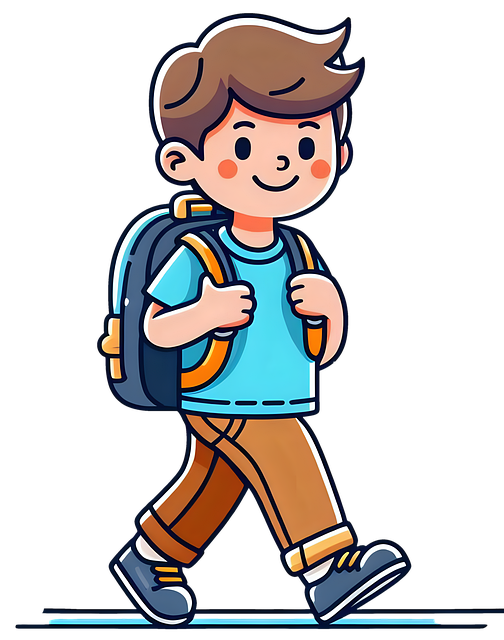
- assessing mental health and mood by speaking with a mental health practitioner
- and recording mental health history
- completing surveys
- asking family members or caregivers about their experiences
To make a diagnosis, a physician will then compare the results of these evaluations to the Diagnostic and Statistical Manual of Mental Disorders, Fifth Edition, Text Revision (DSM-5-TR), which contains the criteria for DSED.
Treatment
Your child will receive all the care they require under a prescribed treatment plan if they are diagnosed with DSED. This will assist your child in overcoming adversity and developing into an adult who can build meaningful relationships with you and other people.
In order to foster a strong link between the kid and their caregivers, DSD treatment involves the entire family.
Psychotherapies
Depending on the child’s age, the following therapies may be part of the treatment:
Talk therapy
In order to comprehend and address emotional and psychological problems, people who are licensed mental health professionals can discuss their feelings with them in talk therapy, also known as psychotherapy. In order to promote personal development and healing, talk therapy focuses on utilizing speech to examine and confront troublesome emotions, thoughts, and behaviors. Although talk therapy can be conducted in group and individual settings, one-on-one sessions are the most typical.
This kind of therapy can be quite helpful whether you battle anxiety, despair, or another mental health issue. See this guide to find out more about talk therapy.
Play therapy
One type of treatment that’s commonly employed with kids is play therapy. This is due to the possibility that young people are unable to express their own feelings or issues to their parents or other adults. Play therapy is considerably more than just regular playtime, despite the appearance of it being so.
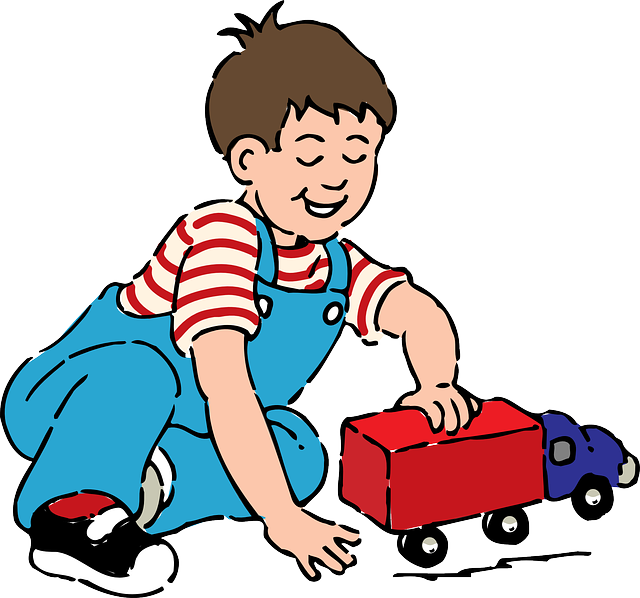
Playtime provides an opportunity for a licensed therapist to watch and learn about a child’s issues. The youngster can then work with the therapist to address underlying trauma and explore emotions. Children can learn new coping skills and how to redirect unwanted behavior through play.
A wide range of certified mental health practitioners, including psychologists and psychiatrists, use play therapy. Social workers, physical therapists, and occupational and behavioral therapists also practice it.
Art therapy
Art therapy is the application of creative techniques to improve mental health and treat psychological illnesses. The practice of art therapy is based on the notion that mental health and healing can be promoted via artistic expression.
For thousands of years, people have used the arts as a means of self-expression, communication, and healing. However, it wasn’t until the 1940s that art therapy began to take on a systematic structure.
Several medical professionals investigated the use of art as a therapeutic tactic after observing that patients with mental illness frequently expressed themselves via drawings and other artwork. Since then, art has grown in significance within the therapeutic domain and has been incorporated into various methods of evaluation and intervention.
Handling the Disorder
To assist children with DSED in developing relationships and controlling their behavior, parents and other caregivers can take certain actions.
- Provide stability: It is critical to give a kid diagnosed with disinhibited social interaction disorder solid, dependable, and consistent care.
- Establish norms and expectations: It’s critical to let kids know what’s expected of them in addition to having standards for their behavior. Children can feel more consistent and have boundaries established when rules and punishments are explained in detail.
- Create routines: Establish daily routines for your home to promote stability. Building a sense of trust in caregivers can be facilitated by letting children know what to expect and then sticking with it.



